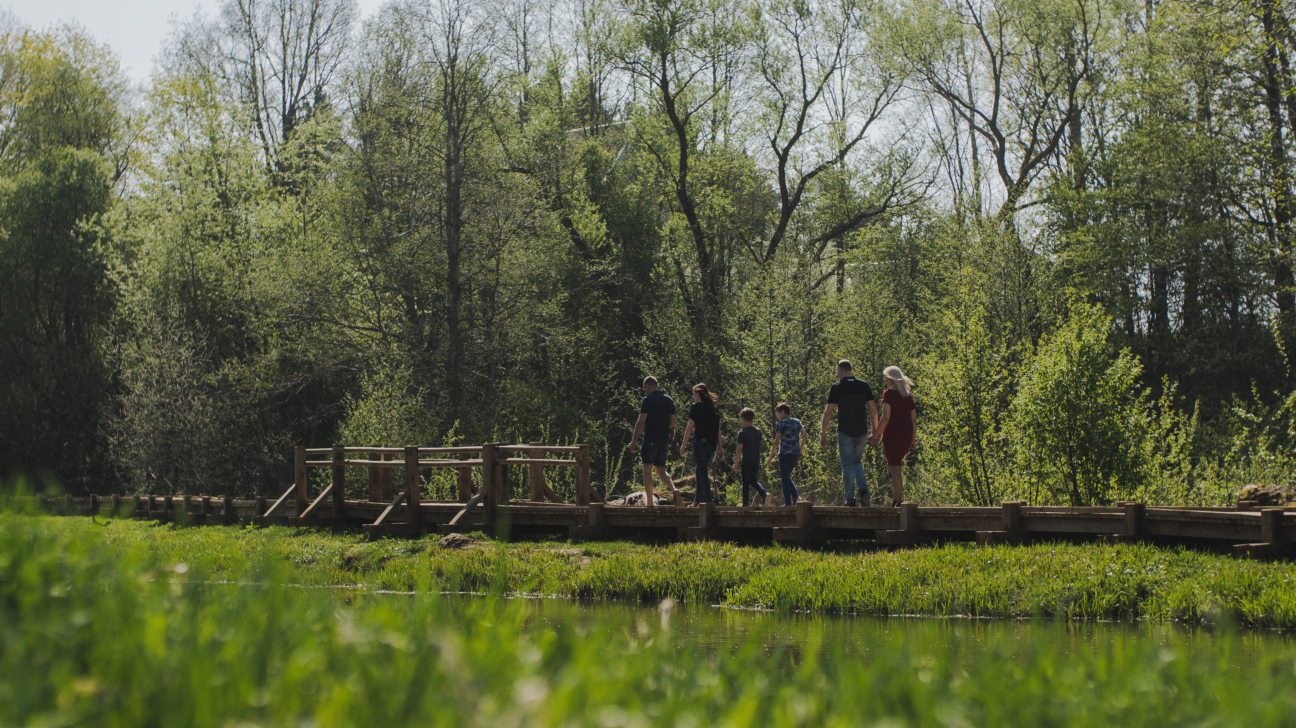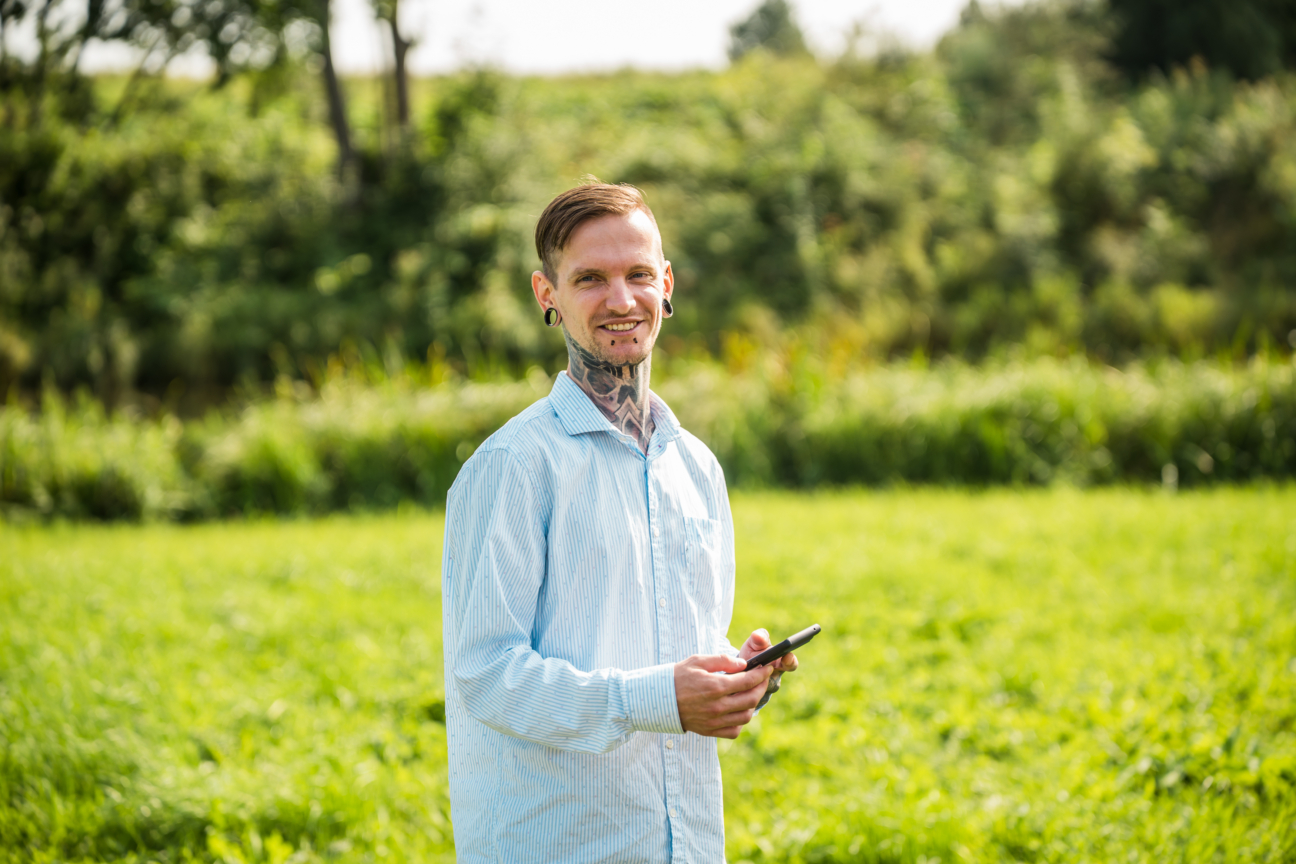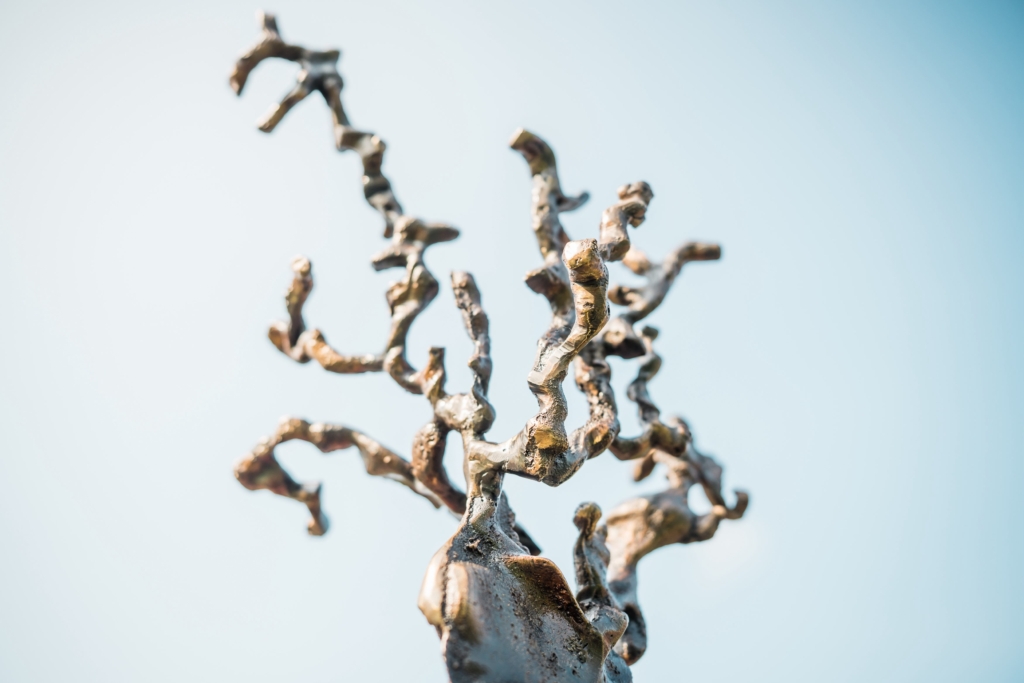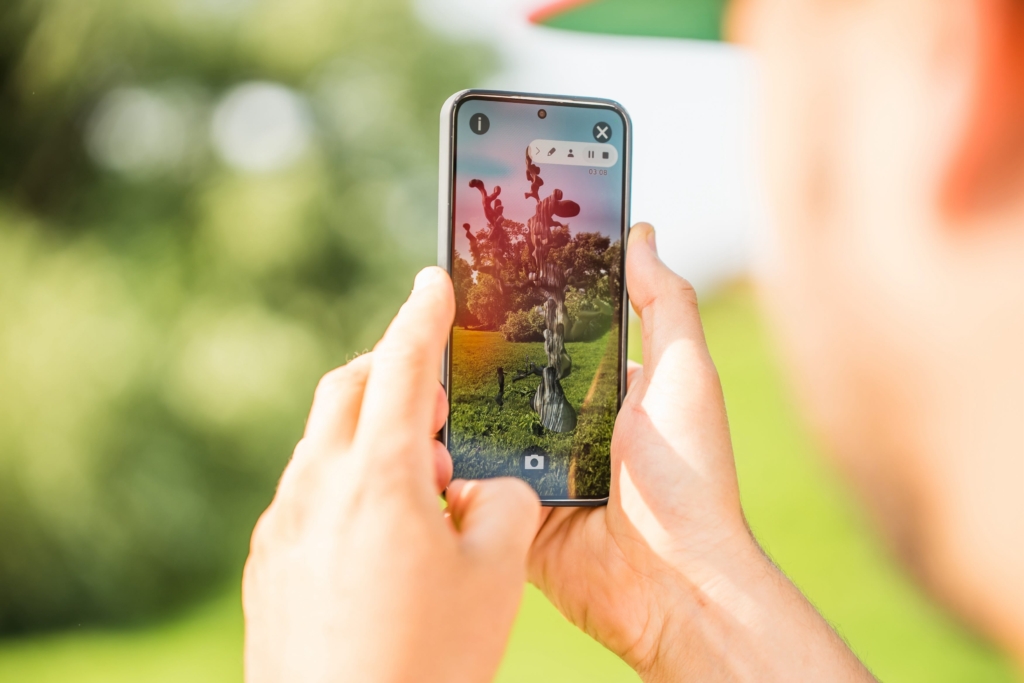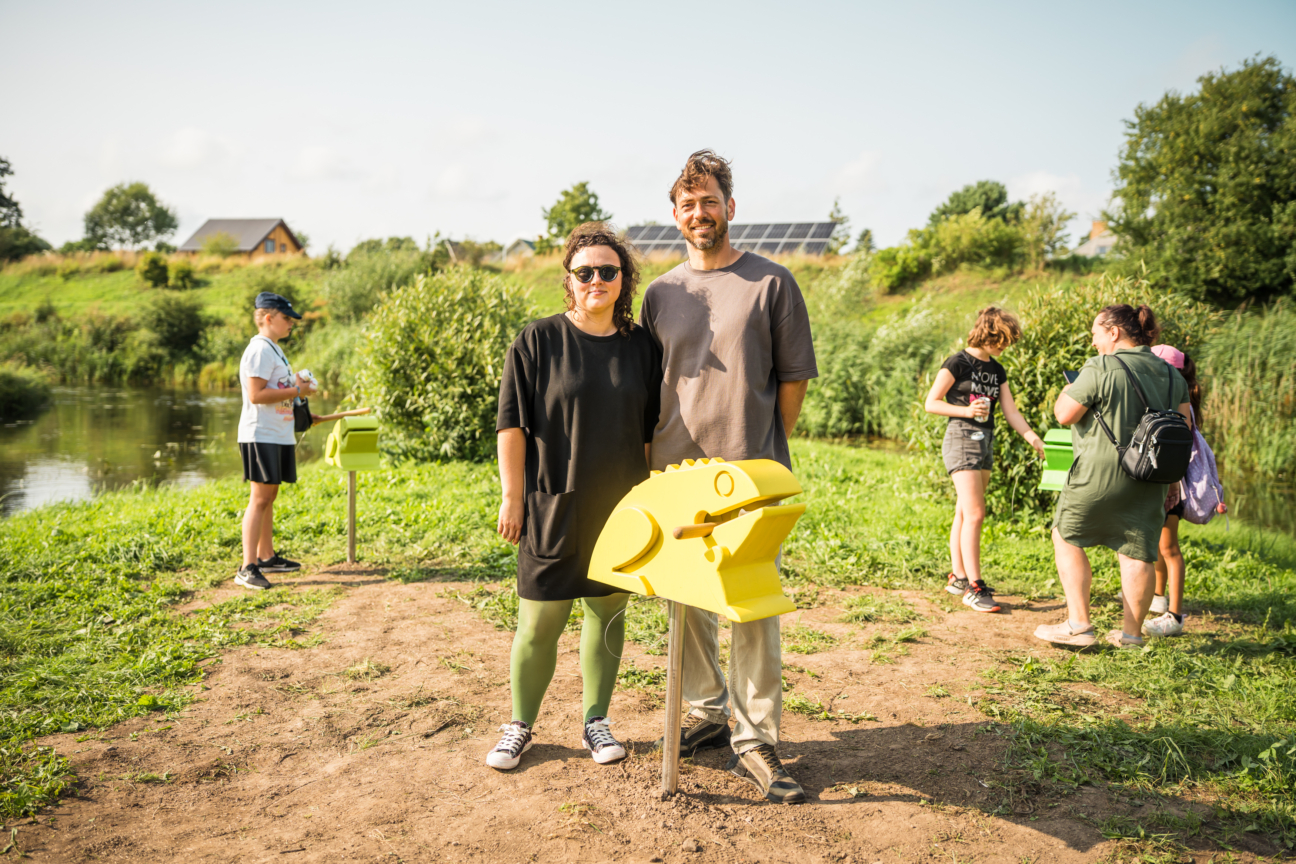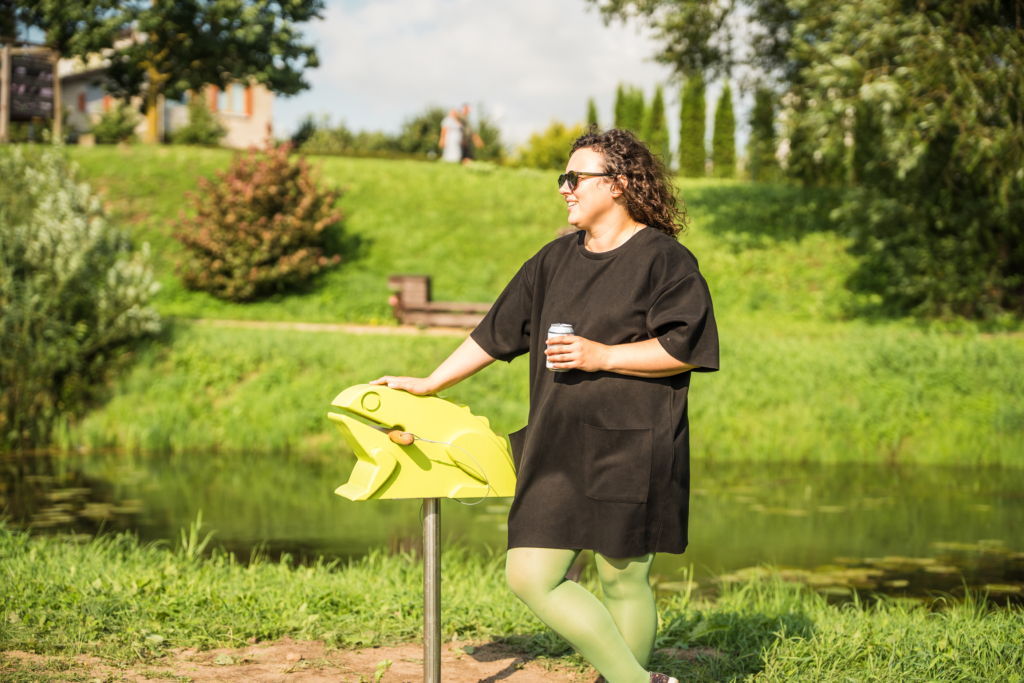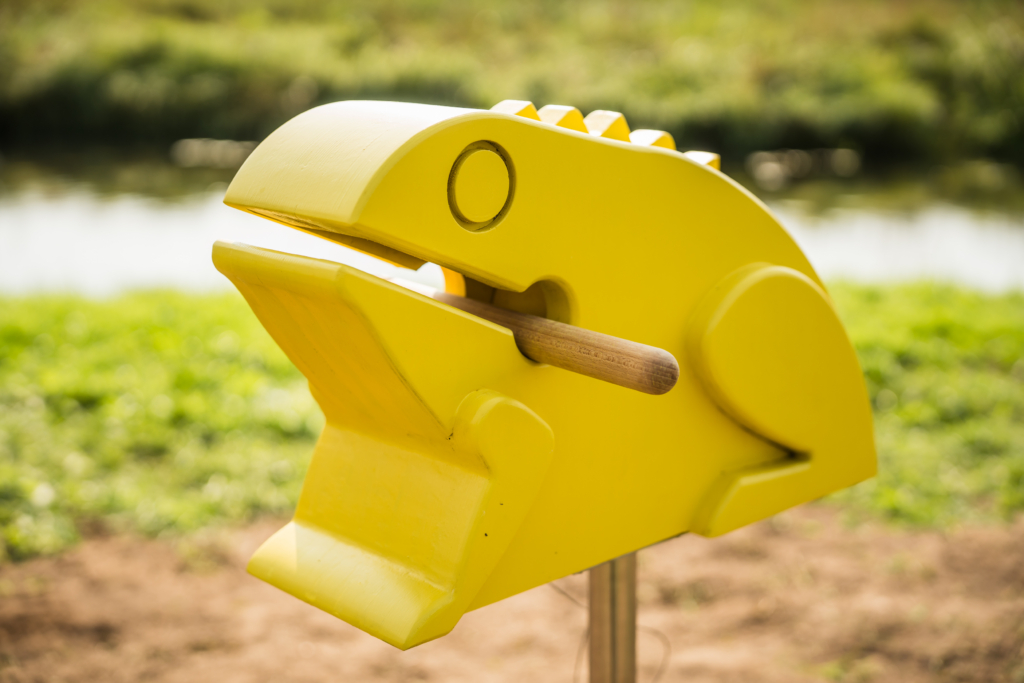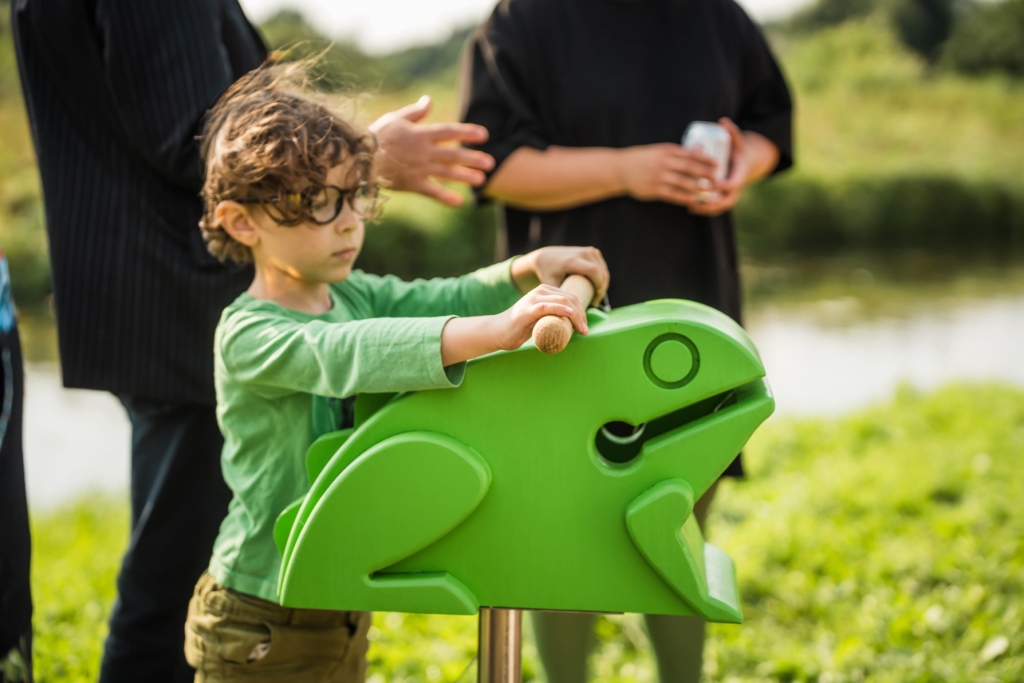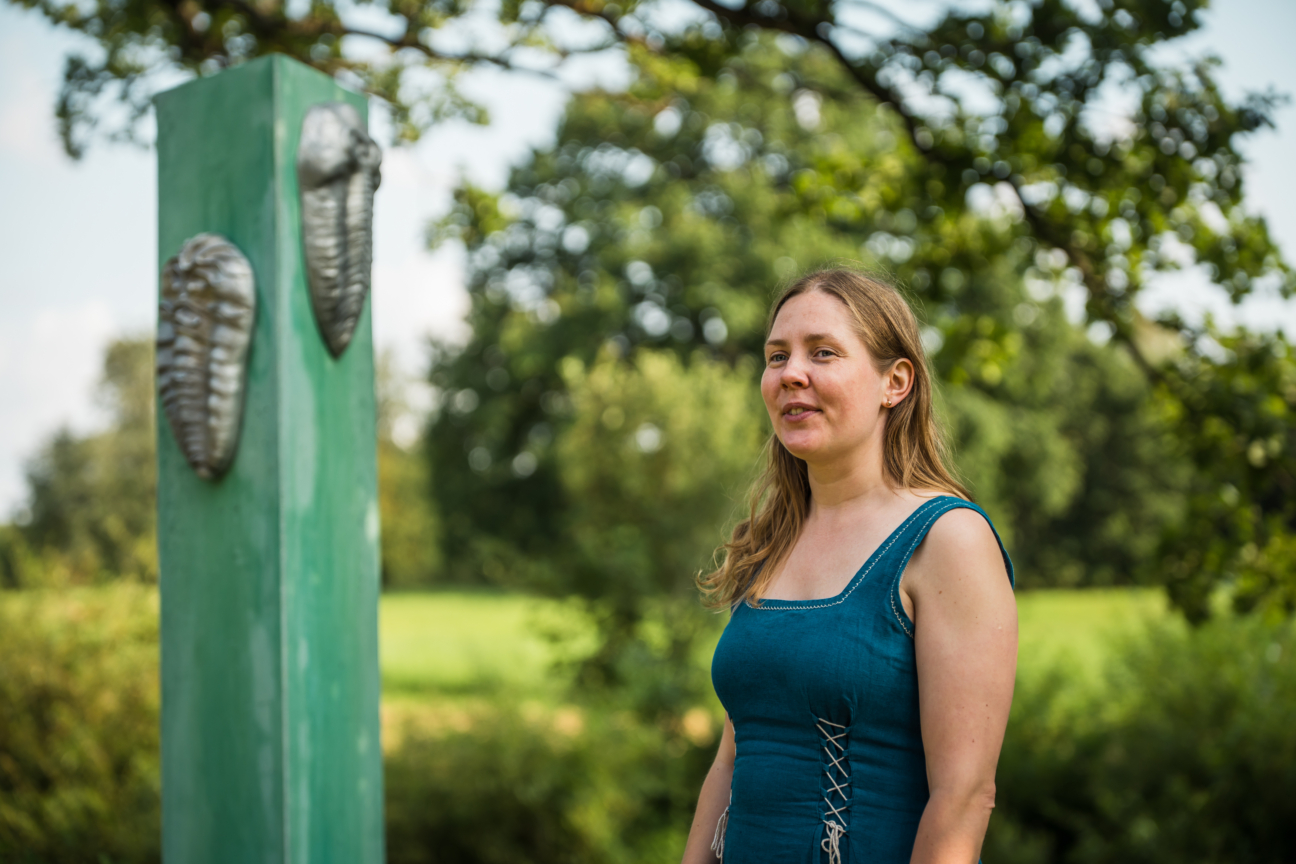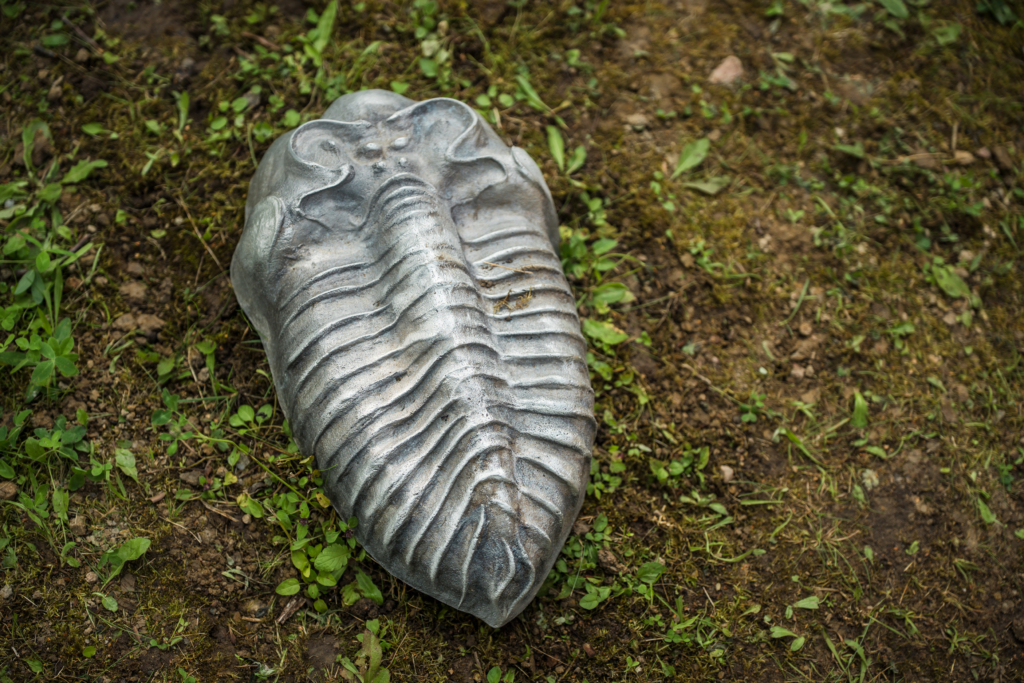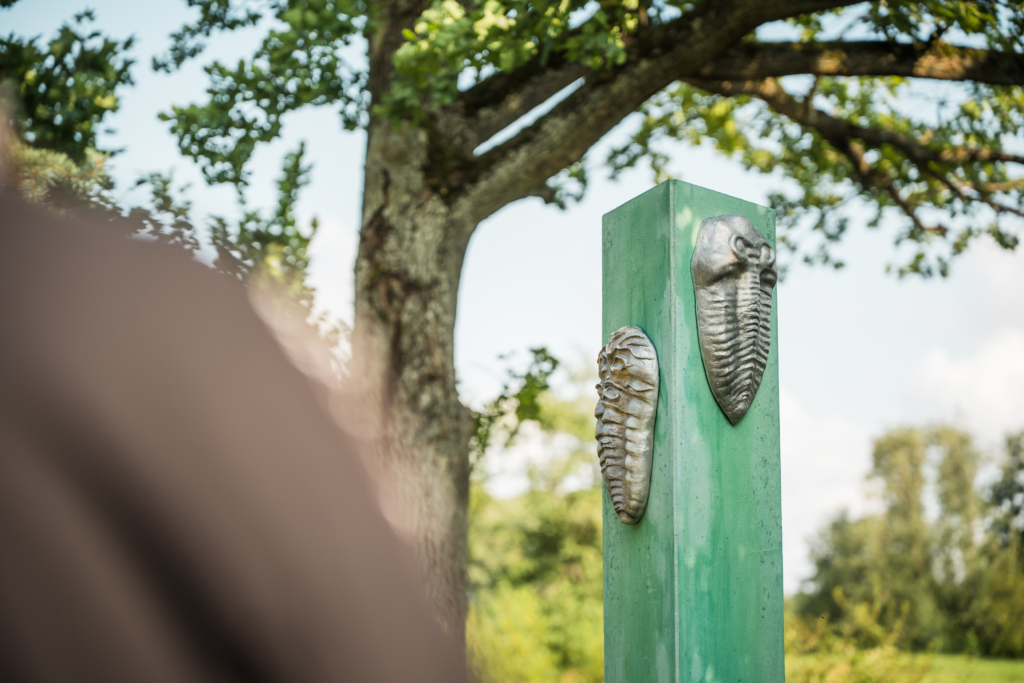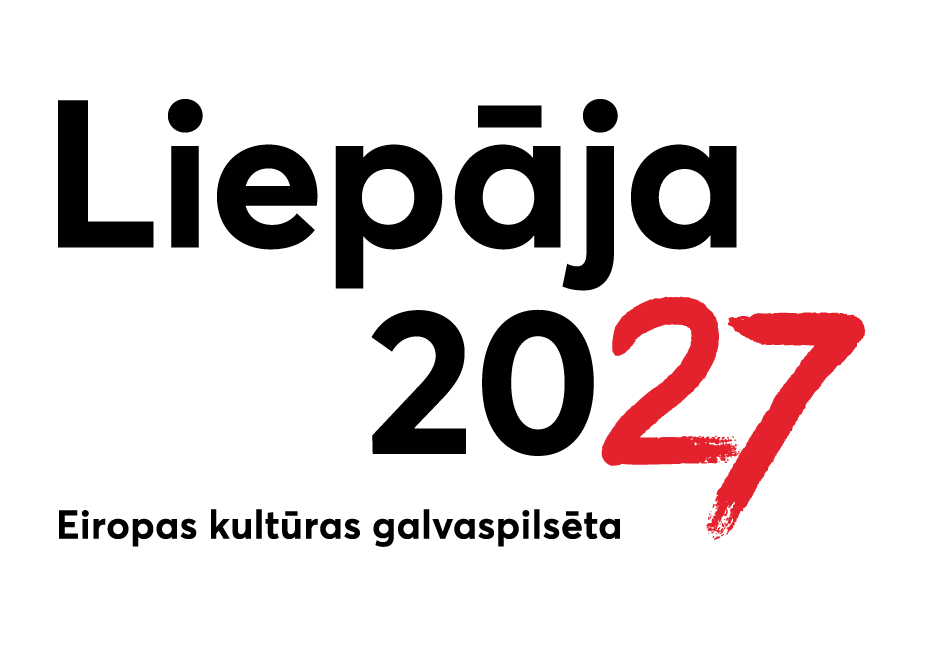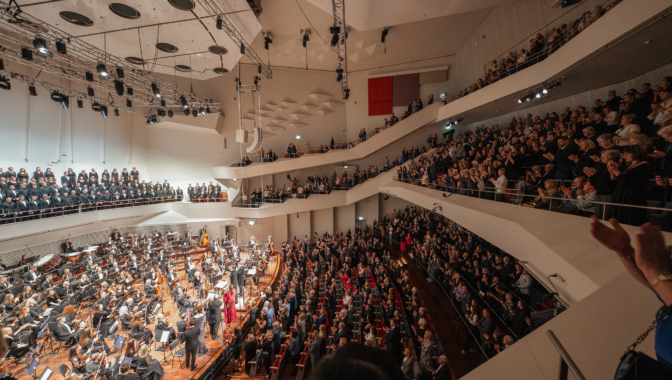
The Baltic Sea, including the Ālande River valley, has formed relatively recently, and the flora and fauna of Latvia is one of the youngest in the world. Nowadays, due to climate warming and human activity, it is replenished with new species. That which is already existing must learn to welcome what is new and different – or risk fading away.
Three works of art located on the banks of the Ālande River mark the constant changes in nature and invite trail visitors to get to know the meeting of the layers of the past, present and future in the coastal landscape during the hike.
The art objects lead to the exploration of change through play and awareness of the moment. The creators of the walk invite us to seek balance within ourselves, finding inspiration in the diversity of nature.
This art project was created as part of the “Liepāja 2027 – European Capital of Culture” programme.
Concept: Foundation “Liepāja 2027,” Municipal Agency “Dienvidkurzeme Region Tourism Centre”
Artists:
Dienvidkurzeme travel
Dienvidkurzeme entices, surprises and inspires!
“Grobiņas sporta centrs”, M. Namiķa iela 2B, Grobiņa, LV-3430

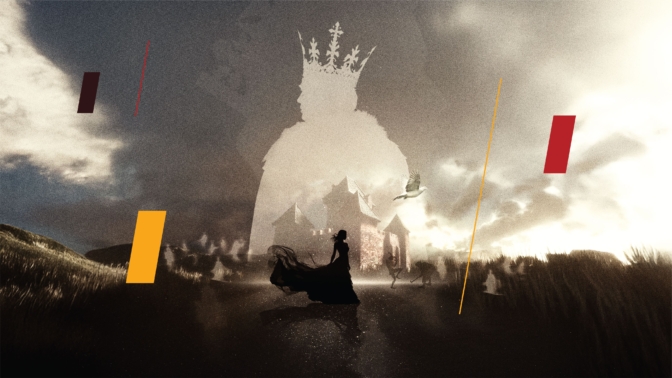
Over 250 professional musicians to unite on stage for the grand finale of the Liepāja Concert Hall’s 10th Anniversary Celebration
On November 7 and 8 at 7:00 p.m., Liepāja Concert Hall “Great Amber” invites audiences to join the culmination of its 10th year anniversary celebrations, where a long-cherished dream will come true – the performance of Arnold Schoenberg’s romantic oratorio Gurre-Lieder.
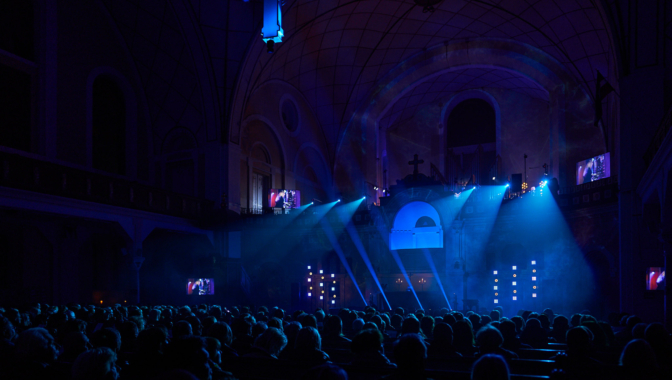
Rock music from Liepāja and around the world echoed through organ sounds
On October 3, the first of two sold-out “Rock and Organ for Liepāja” concerts took place at Liepāja Lutheran Church. The audience enjoyed a unique mix of classical music, world rock classics, and Liepāja rock legends’ greatest hits, with organ sounds blending seamlessly with guitars and vibrant lights.
